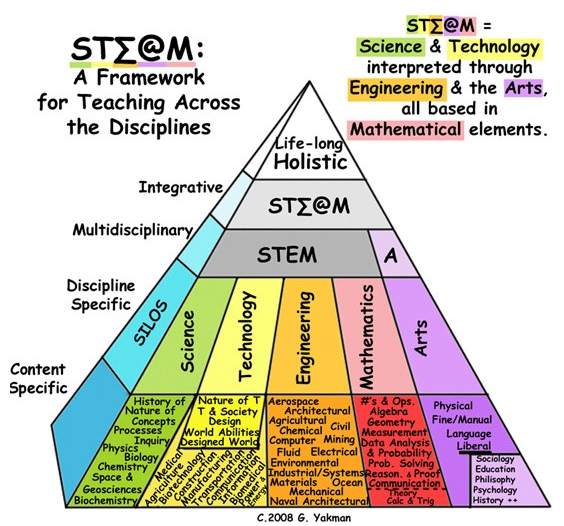By: Annika Anderson, MPH
As summer winds down, you are likely preparing the children in your lives for the 2022-2023 academic school year. Experts at Connecticut Children’s are thinking about what back to school looks like, too. Professionals recommend fixing healthy snacks, coordinating a routine sleep schedule, and having conversations about back to school nerves with children. Amidst buying glue sticks and composition notebooks for your kiddos this year, you may happen to hear a little buzz about STEAM education.
What is STEAM?
STEAM, formerly known as STEM, stands for Science, Technology, Engineering, Art and Mathematics. The learning framework, created by researcher and educator Georgette Yakman, has been a catchphrase in Pre K-12 education since its emergence in 2006.
STEAM education is often cited as a pathway for children and youth to acquire “21st century skills.” According to the Partnership for 21st Century Learning, youth in the 21st century should strive to acquire critical thinking, communication, collaboration, and creative skills to thrive in and outside of the classroom.
The STEAM framework is commonly contextualized as disjointed academic and professional fields, but it is also a powerful guide for employing interdisciplinary systems thinking. When students bridge the content of two or more disciplines together, they apply integrative STEAM education.

